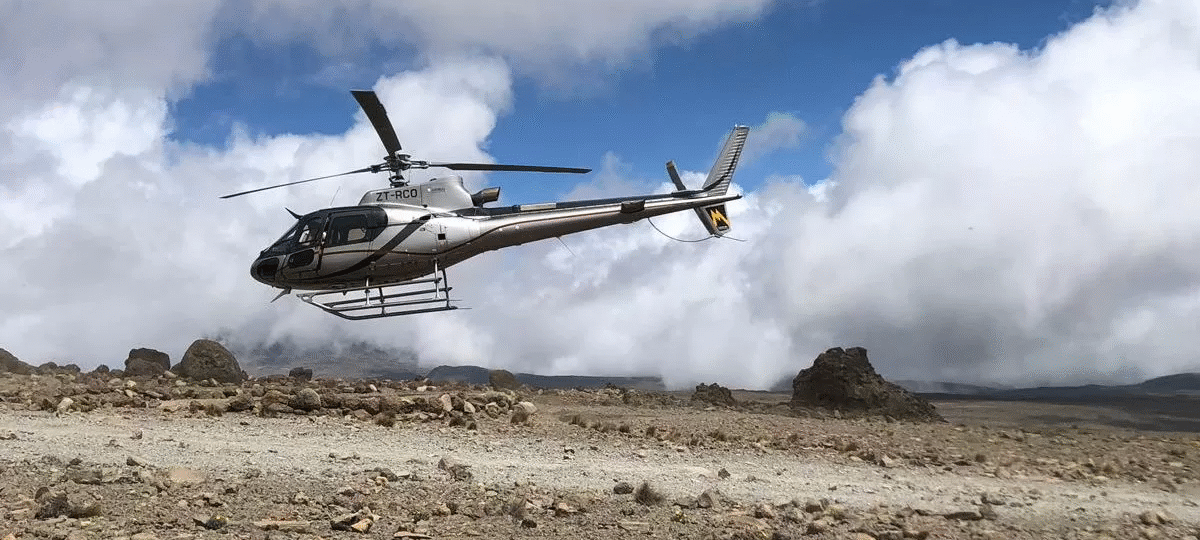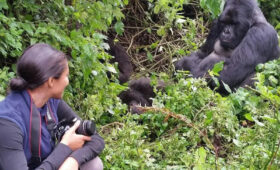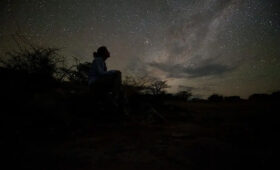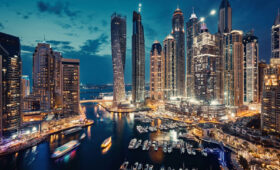Mount Kilimanjaro Rescue Procedures Explained
While climbing Mount Kilimanjaro is an exciting adventure, it’s also a high-altitude challenge that requires proper planning and safety measures. At Mandari Travel, the safety of our climbers is our top priority. Though most climbers reach the summit without serious issues, it’s important to understand the rescue procedures on Kilimanjaro in case of altitude sickness, injury, or emergencies.
Here’s everything you need to know about how rescue operations work on the mountain, and how we keep you safe every step of the way.
What Emergencies Can Occur on Kilimanjaro
The most common issues requiring evacuation include:
- Acute Mountain Sickness (AMS) : headaches, nausea, dizziness
- High-Altitude Pulmonary Edema (HAPE) : fluid in the lungs
- High-Altitude Cerebral Edema (HACE) : brain swelling due to altitude
- Sprains or Injuries ,from slips on rocky or icy trails
- Extreme Fatigue or Illness : especially near the summit
Recognizing the signs early and acting quickly is essential, and that’s why Mandari Travel’s guides are professionally trained in wilderness first aid and altitude sickness response.
How Rescue Works on Kilimanjaro
1. Daily Health Monitoring
Our guides conduct twice-daily health checks, including oxygen saturation and pulse rate monitoring. If a climber shows symptoms of AMS or physical stress, we take immediate steps to manage the condition or evacuate if needed.
2. Emergency Descent
For most altitude-related problems, the first and best treatment is descent. Our team will guide you safely down to a lower altitude, often resulting in immediate improvement. Depending on your condition, this can be done on foot or with support.
3. Stretcher Evacuation
If a climber is unable to walk due to injury or severe illness, specially trained Kilimanjaro rescue teams use mountain stretchers (nicknamed “Kilimanjaro wheelbarrows”) to carry clients to a lower camp where further evacuation can be arranged.
4. Helicopter Evacuation
In severe cases, helicopter rescue is available, usually coordinated through AMREF Flying Doctors. Clients must have comprehensive travel insurance that covers high-altitude trekking and emergency evacuation. Helicopters can only land at certain points like Shira Plateau (3,800m) or Barafu Camp (4,600m) depending on weather and conditions.
How Mandari Travel Ensures Your Safety
- Certified, experienced guides
- Oxygen cylinders and first aid kits on every trek
- Pulse oximeter checks twice daily
- 24/7 communication with park authorities and rescue teams
- Pre-trip medical screening and planning
We believe that safety comes first, summiting is optional, but coming back safely is mandatory.
Climb Smart. Climb Safe. Climb with Mandari Travel.
Planning a Kilimanjaro trek? Trust a team that puts your well-being first. Our expert crew is trained, equipped, and ready for anything, so you can focus on the experience, not the risks.
Email: info@mandaritravel.com.com
Call/WhatsApp: +255 750 900 811
Fill out the form below to receive a custom Kilimanjaro itinerary and our downloadable Safety & Rescue Info Pack, designed to give you peace of mind before you climb.




